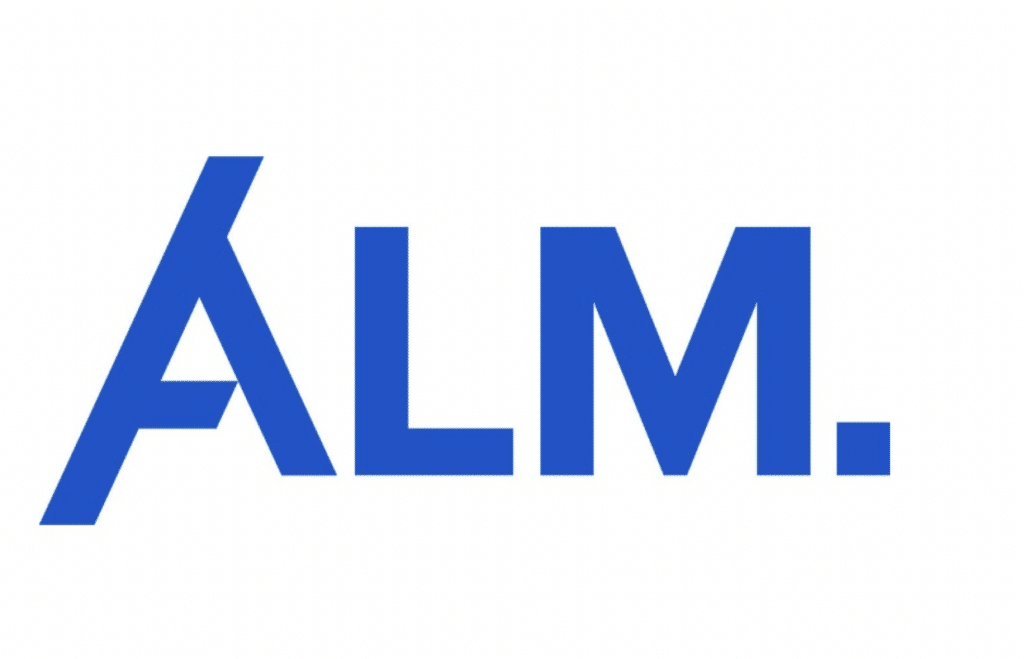
Cassandre Coyer, a D.C.-based legal technology reporter for ALM, recently reached out to Level Legal about a recent industry trend in Asking E-Discovery Vendors for Indemnification for Data Breaches: “Financial Cure” or Security Assurance?
The latest trend? Legal professionals seeking indemnification clauses with their eDiscovery vendors due to the threat of data breaches. Coyer’s question: With more legal professionals relying on outsourced eDiscovery cloud hosting solutions, how do vendors provide peace of mind that their customer’s data is secure and both parties protected?
The answer, according to Level Legal Director of Client Services Daniel Bonner, must go beyond simply indemnification clauses. Read on to discover how legal professionals can work with their vendors to find peace of mind for data breaches. https://bit.ly/3jNf7iN


